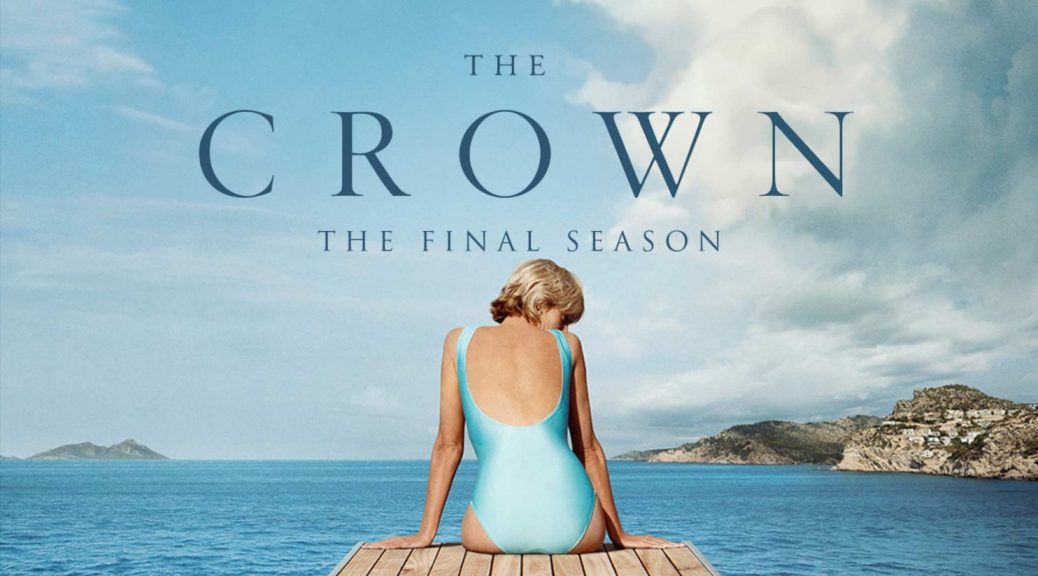I’ve been fortunate enough to keep working with Rumble VFX for a while now, recently completing a couple dozen shots on Season 6 of The Crown, the final instalment of Netflix’s favourite. Our work, alongside Framestore’s, has been nominated for a BAFTA Craft Award!
See the full breakdown of what Rumble did in the video below and on the Rumble site here The Crown, Season 6 – Rumble VFX
Heraldic Banners
I began this stint on The Crown making many heraldic banners for St. George’s Chapel, Windsor, filmed on location in York Minster. The real chapel has many heraldic items which you can read about here. Of all the heraldry in the real chapel, the banners are visually the most impactful.
From a technical perspective, each banner is connected to a point on a line. Each point has variables to define the angle the banner droops at, plus some colour variance. A vellum cloth solution is applied to all flags at once in Houdini, with the fringing being extruded from the edge of the resulting mesh.
As I knew the order of flags, and indeed gaps between, were subject to change I renamed all the textures and shaders such that they’d pull in flag_1 textures for the first flag, flag_2 for the 2nd etc. This afforded the flexibility to merely rename the textures to change the layout.
Diana
The investigation into Diana’s death took a very long time, wrapping up practically a decade afterwards. As part of a montage surrounding the crash investigation, we see a computer simulation of the car passengers during their moment of impact. To give the impression of a ragdoll-like movement inherent in these things I used a ragdoll solver within Houdini on characters with very basic wireframe appearance, sat within a model of the Mercedes.
Many different simulation systems in 3D share a common trait – one tweak to a shot can change the whole thing, with characters falling the wrong way, leaping out their chair through the sunroof or slapping each other in the face. There were a couple of occasions where the motion appeared too violent, even given the wireframe appearance. With each revision we lost more and more visual detail, dropping frames to give it more of a caching computer simulation look and less of an emotional re-enactment.
Half a Dimension Lost
An odd concept I first read about a decade ago is 2.5D, that is to say a 3D look made in 2D. As I was tracking a few shots for a sequence of princes Harry and William having fun in Botswana I decided to drop in a temporary background in Nuke as a test. It made sense to use the digital matte painting provided and after a few tweaks and advice from others I realised that projecting that on to geometry in Nuke wasn’t so tricky. All my Botswana shots were Nuke scanline composites, not 3D renders. To me it pays to know a few little tricks involving multiple software. I’m hired to produce the end result not a convoluted Houdini scene nobody except wizards can understand.
My work has seen me do many things in many ways – see other projects here.
